Efficient records management in Microsoft SharePoint without the manual overhead: The Power Automate advantage
 Sam Butler
•
July 19, 2024
Sam Butler
•
July 19, 2024
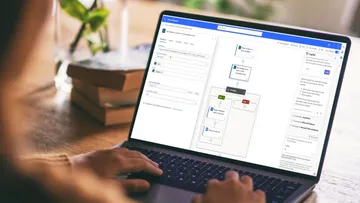
I’m sure you’ll have seen our recent announcement that Preserve365 now connects with Microsoft Power Automate (please check it out if you haven’t). I was eager to share my excitement about the announcement on LinkedIn, as this combination has felt like the closest thing to a ‘silver bullet’ solution for scaled, effective records management and digital preservation in SharePoint yet.
The problems faced in records governance haven’t changed too much in recent years. Sure, most organizations have already migrated to SharePoint as part of the “Great Cloud Migration”. However, as we heard from many of the information and records managers who previewed and are now using Preserve365, this just consolidates the ‘databerg’, it doesn’t solve it. What we now have instead is a single place where, according to Deloitte, Redundant, Obsolete, and Trivial data can make up more than 80% of a data estate, and the inlet is vastly larger than the outlet.
In the face of a data and content bloat issue, we’d expect resources to be focused on the records or information management teams. Instead, we end up with a conundrum where organizations are more inclined to increase their IT storage budget than invest in the risk management of tackling data remediation and records retention head on. So, then, when presented with a tight budget, a small staff, but a need to reduce security and compliance risks; how do you reasonably answer the question, “how do I retain and archive our most important records in SharePoint?”.
Power Automate and Preserve365 to the rescue
In a small series of blogs, I’d like to show how the answer can be to make it “just happen” with Power Automate and Preserve365.
It’s a topic I’m speaking on at TechCon365 in DC (Thursday 15 Aug 2:30pm), but ahead of that let’s look at some examples of how Power Automate can be used with Preserve365 to significantly upscale the rate of archiving and digital preservation of long-term SharePoint content. The overall aim being to drive greater compliance accuracy, save hundreds of hours of time and ensure critical records can always be instantly found, read and actioned over decades - independent of the original application or file format – all from within SharePoint.
(As a quick reminder, Preserve365 has been developed in collaboration with Microsoft and simplifies compliance by making the archiving, digital preservation, and retrieval of long-term and permanent records an integral part of the Microsoft 365 and Microsoft SharePoint experience. The solution embeds Preservica's Active Digital Preservation archiving technology into the Microsoft 365 ecosystem, minimizing the risk of data obsolescence by automatically maintaining long-term records in trusted readable file formats - including records migrated to SharePoint from legacy file shares and other systems. It is also available to Microsoft customers through the Azure Marketplace.)
Standardized and automated records archiving workflows
Preserve365’s Microsoft Power Automate connectors are simple but powerful. The archival Copy and Move actions can now be connected to hundreds of shared applications to build your ideal bespoke record review, retention, and archival disposition workflows. Information Management teams can build simple or advanced workflows to enable long-term records compliance and archiving at scale - from gated steps including email triggers to full automation and integration with Microsoft retention labels. This means you’re no longer held back by the size of your team, as record classification, archiving, disposition, and notification can all grow exponentially throughout your Microsoft 365 estate.
A quick example
Our first example is a civil engineering organization utilizing both Preserve365 and Power Automate to carry out classification, archiving and notification without having the records management team ever needing to click a button once the workflow is built.
The organization has a large SharePoint site that documents a major civil engineering project. The project is for the construction of a bridge and includes documentation and records that need to be retained and archived long-term when physical assets are decommissioned, so they can be easily retrieved later for safety, maintenance or litigation.
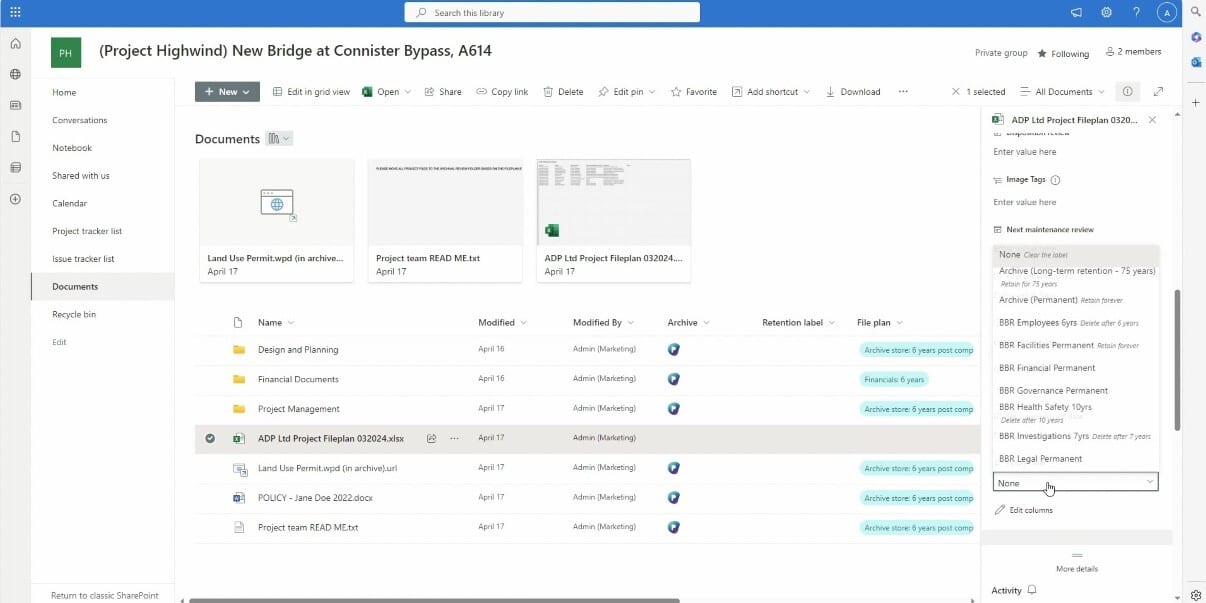
However, the content owners can’t always be relied on to know when records should be archived or retained and there is not enough time for the records team to manually archive each item in the backlog as it is constantly growing.
To overcome this the records team engaged their IT team to create a Power Automate workflow with out-of-the box queries that watch for set actions in SharePoint and apply a relevant Microsoft retention label. They also configured Preserve365 to monitor that the label has been applied and to automatically archive the item. The workflow then connects to Outlook to send an email to notify the team when a new record has been archived.
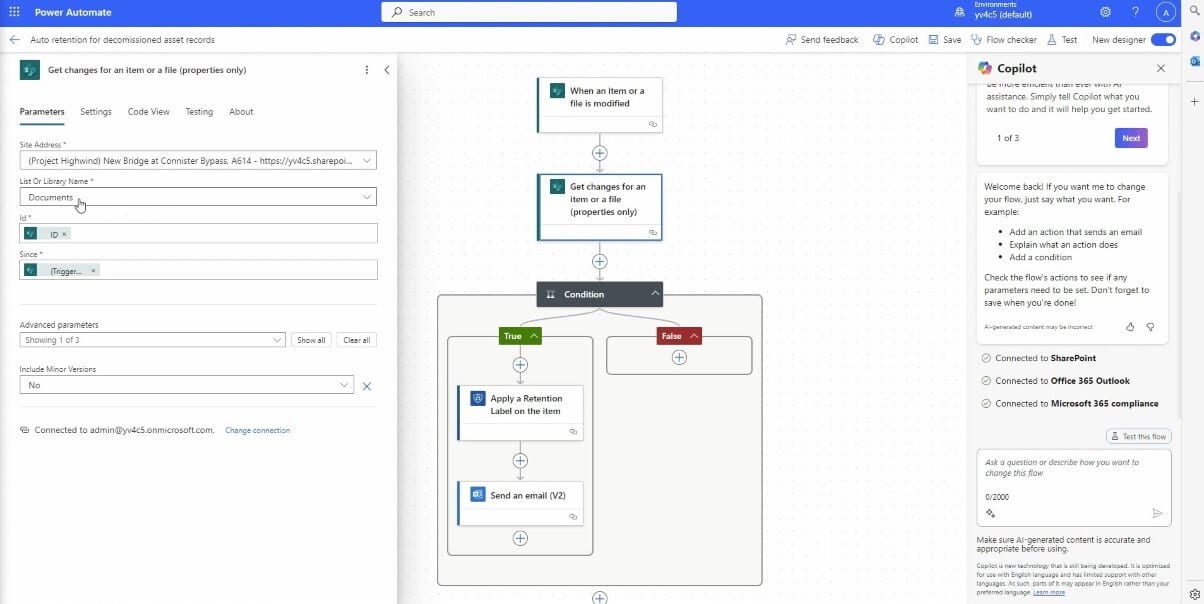
Power Automate and Preserve365 workflow summary
- The Power Automate flow is triggered when a SharePoint file is modified.
- The first action is to tell Power Automate to take note of the changes that were made to the file since the last time this flow ran.
- Power Automate is programmed to ask, “is that a change to the ‘Decommissioned Date’ metadata for the asset record?”
- If no, then the flow doesn’t need to do anything else and stands down
- When the condition is met, the workflow calls Microsoft Purview to apply the appropriate retention label.
- (That label application is monitored and picked-up by Preserve 365 which then ensures the file is automatically archived)
- Finally, an email is sent to notify the records team that the record has been retained and archived – supplying the item ID, its name, and the disposition review date.
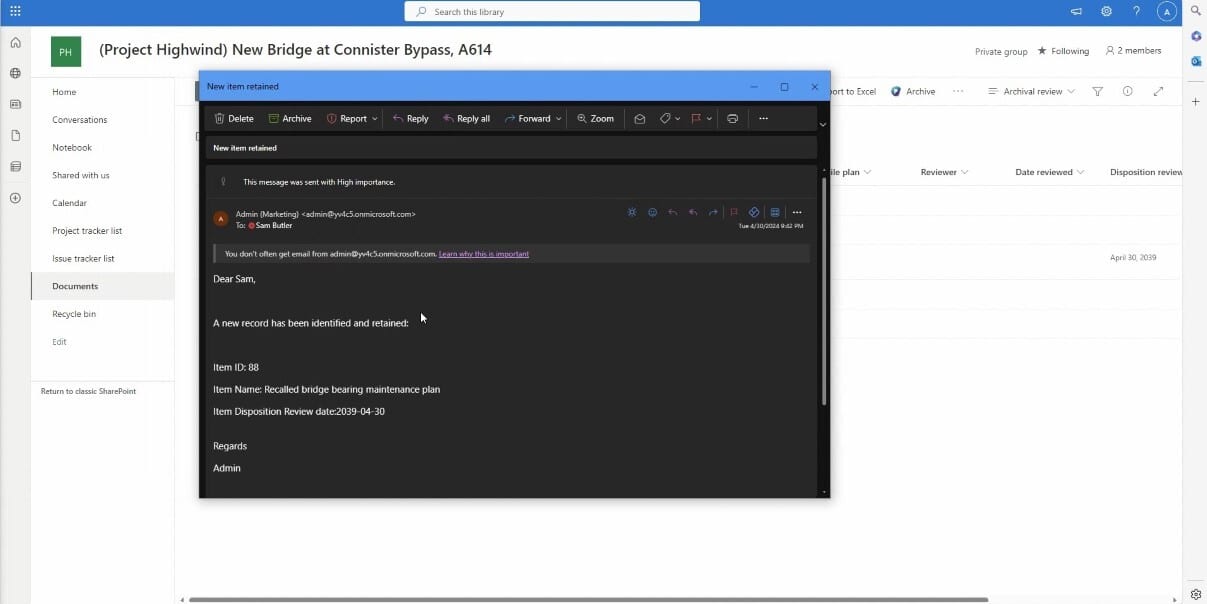
The content and record owners can then go about their business as usual, but when they set a record as decommissioned, the archiving (and continual preservation of that record) will “just happen”. Using SharePoint with Preserve 365 will also allow content owners (with the correct permissions) to retrieve the archived record whenever it is needed in an always accessible and readable format for the duration of the retention period – all from within SharePoint.
Summary
This is just one simple example of how Power Automate and Preserve365 can be used together to automate previously manual records disposition tasks, save time, improve compliance accuracy and reduce cost by employing these solutions at scale. There are countless configurations and applications (I’ll go into more of these soon) which can expand your information management capabilities at scale and help you start to crack the decades-long issue of data bloat.
I hope it inspires you to see how this could be applied at your organization.
Remember if you are at TechCon 365 in DC in August feel free to drop by our booth and join my talk on Thursday 15 Aug 2:30pm to see more Power Automate examples in action with Preserve365.
You can also learn more by watching the demo video below which is taken from our recent 3 part education series - watch the full series here
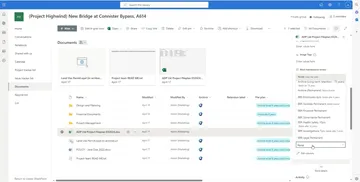
However, the content owners can’t always be relied on to know when records should be archived or retained and there is not enough time for the records team to manually archive each item in the backlog as it is constantly growing.
To overcome this the records team engaged their IT team to create a Power Automate workflow with out-of-the box queries that watch for set actions in SharePoint and apply a relevant Microsoft retention label. They also configured Preserve365 to monitor that the label has been applied and to automatically archive the item. The workflow then connects to Outlook to send an email to notify the team when a new record has been archived.
You can also take an interactive product tour of Preserve365.
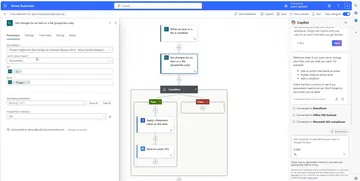
Power Automate and Preserve365 workflow summary
- The Power Automate flow is triggered when a SharePoint file is modified.
- The first action is to tell Power Automate to take note of the changes that were made to the file since the last time this flow ran.
- Power Automate is programmed to ask, “is that a change to the ‘Decommissioned Date’ metadata for the asset record?”
- If no, then the flow doesn’t need to do anything else and stands down
- When the condition is met, the workflow calls Microsoft Purview to apply the appropriate retention label.
- (That label application is monitored and picked-up by Preserve 365 which then ensures the file is automatically archived)
- Finally, an email is sent to notify the records team that the record has been retained and archived – supplying the item ID, its name, and the disposition review date.
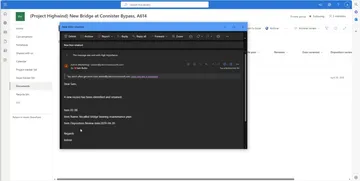
The content and record owners can then go about their business as usual, but when they set a record as decommissioned, the archiving (and continual preservation of that record) will “just happen”.
Using SharePoint with Preserve 365 will also allow content owners (with the correct permissions) to retrieve the archived record whenever it is needed in an always accessible and readable format for the duration of the retention period – all from within SharePoint.
Summary
This is just one simple example of how Power Automate and Preserve365 can be used together to automate previously manual records disposition tasks, save time, improve compliance accuracy and reduce cost by employing these solutions at scale.
There are countless configurations and applications (I’ll go into more of these soon) which can expand your information management capabilities at scale and help you start to crack the decades-long issue of data bloat.
I hope it inspires you to see how this could be applied at your organization.
Remember if you are at TechCon 365 in DC in August feel free to drop by our booth and join my talk on Thursday 15 Aug 2:30pm to see more Power Automate examples in action with Preserve365.
You can also learn more by watching our demo video of Power Automate and Preserve365 in action.




